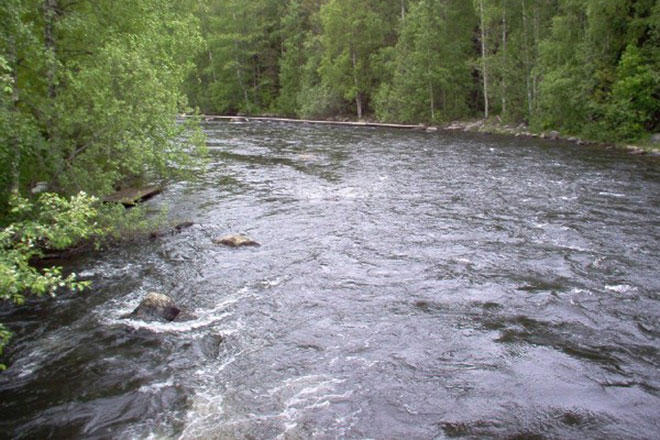Azerbaijani lands subjected to Armenia's eco-terrorism for 30 years

By Vafa Ismayilova
Deputy Ecology and Natural Resources Minister Firdovsi Aliyev has said that Armenia subjected Azerbaijan’s formerly-occupied territories to ecological terror for about 30 years.
“Jabrayil district, as well as other Azerbaijani territories, have been subjected to the environmental terror for many years... It is necessary to inform the world community about this environmental terror,” the deputy minister said.
He said that a mulberry garden, laid out on a 12-hectare-area, at the entrance to Jabrayil region was destroyed and burned by the Armenians.
“It was created in 1970 for the development of sericulture. Before the occupation, 20 tons of silkworm cocoons were produced in the Jabrayil region per year. Armenians destroyed this garden and burned it. Before the occupation, 70 tons of silkworm cocoons were produced in Gubadli region, 98 tons of silkworm cocoons - in Zangilan region, 240 tons of silkworm cocoons - in Jabrayil region per year,” the deputy minister said.
Meanwhile, head of the National Hydrometeorological Service Umayra Taghiyeva has said that the hydrological observation network will be restored on the rivers in Azerbaijan’s Karabakh region, previously liberated from Armenian occupation.
Taghiyeva made the remarks as part a media tour organized by the Ecology and Natural Resources Ministry to the liberated Gubadli region.
“In the next four to five years, it is planned to install 13 modern automated hydrological stations in Karabakh. They will be set up on the rivers Tartarchay, Khachinchay, Gargarchay, Levchay, Kondelenchay, Zabukhchay, Bargushadchay, Okhchuchay, Basitchay and Araz,” Taghiyeva said.
She said the rivers of Karabakh are of great importance for the agriculture of the region and the country's other districts.
Armenia’s three-decade occupation of Azerbaijani territories extensively damaged the ecosystem, wildlife and natural resources in and around the occupied Nagorno-Karabakh region. Armenians also resorted to large-scale acts of ecological terror in regions they had to leave under the trilateral November peace deal that stipulated the return of Azerbaijan’s occupied territories.
The clashes between Armenia and Azerbaijan escalated for the second time in 2020 after Armenia's forces deployed in the occupied Azerbaijani lands targeted Azerbaijani civilian settlements and military positions, causing casualties among civilians and the military. In the early hours of September 27, Azerbaijan launched a counter-offensive operation that lasted six weeks. The operation resulted in the liberation of Azerbaijan's occupied lands.
A Russia-brokered ceasefire deal that Azerbaijan and Armenia signed on November 10, 2020, brought an end to the 44-day war between the two countries. The Azerbaijani army declared a victory against the Armenian troops. The signed agreement obliged Armenia to withdraw its troops from the Azerbaijani lands that it had occupied.
--
Follow us on Twitter @AzerNewsAz
Here we are to serve you with news right now. It does not cost much, but worth your attention.
Choose to support open, independent, quality journalism and subscribe on a monthly basis.
By subscribing to our online newspaper, you can have full digital access to all news, analysis, and much more.
You can also follow AzerNEWS on Twitter @AzerNewsAz or Facebook @AzerNewsNewspaper
Thank you!
